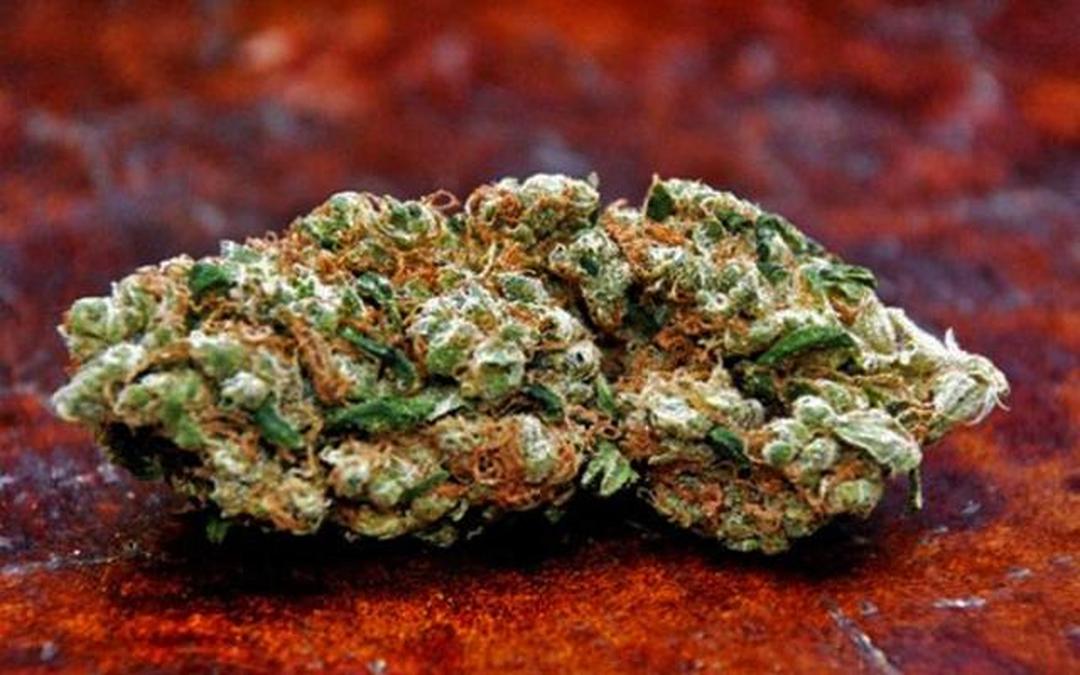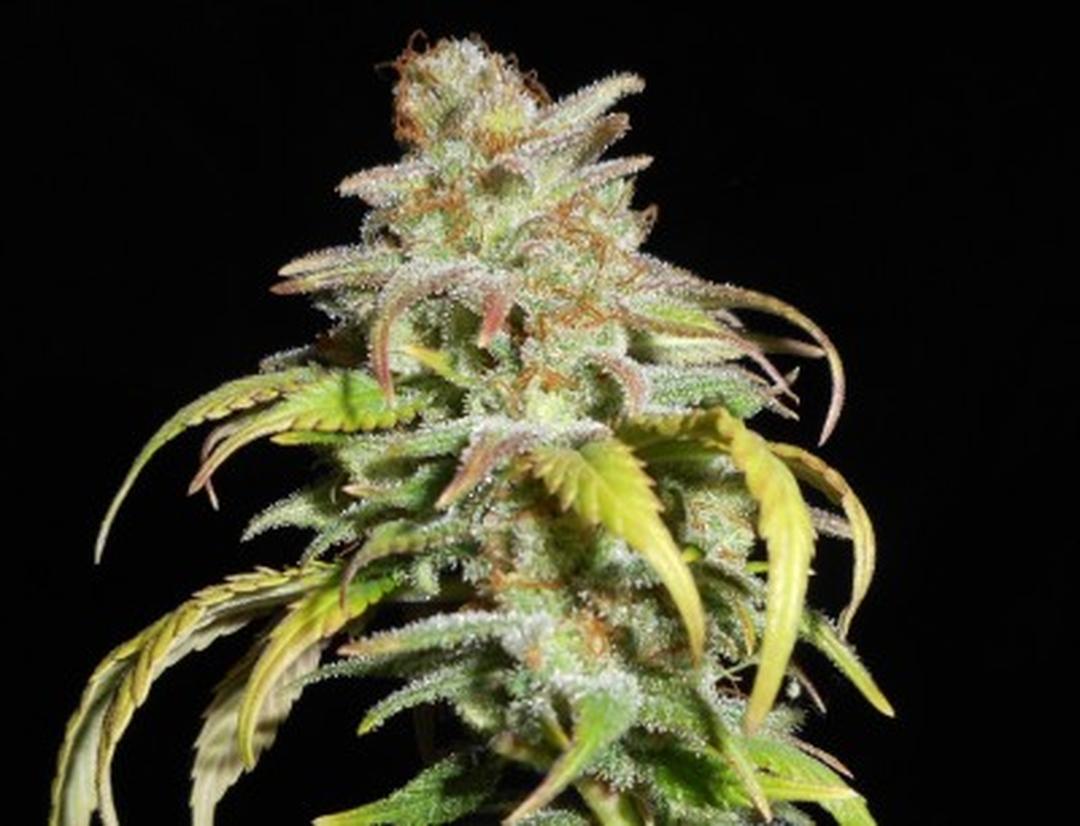Harle-Tsu

Harle-Tsu is a unique cannabis strain, prized primarily for its high CBD content and low psychoactive effects. It is a hybrid created by crossing two well-known CBD-rich strains: Harlequin and Sour Tsunami. This combination was specifically bred to create a plant with potent medicinal benefits and minimal THC-induced highs, making it ideal for users seeking pain relief, anti-inflammatory, and other therapeutic effects without the typical THC high.
Effect
The effects of Harle-Tsu are known for being extremely mild in terms of psychoactivity. Instead, users typically experience a calming, relaxing, and sometimes slightly euphoric mood. This strain is especially popular with people seeking to treat anxiety, pain, inflammation, or sleep issues without experiencing the often overwhelming effects of THC-rich strains. Harle-Tsu helps maintain clarity and focus while promoting physical well-being.
Taste/smell
Harle-Tsu boasts a pleasant aroma and flavor profile, which users often describe as a blend of earthy, woody, and slightly sweet. Some also report notes of pine and pepper when smoking or vaporizing the flowers. This interplay of terpenes not only ensures a pleasant smoking experience but also contributes to the strain's therapeutic properties.
THC content
Harle-Tsu is characterized by its exceptionally low THC content, often less than 1%, while its CBD content can be as high as 20% or higher. This unusually high CBD-to-THC ratio makes Harle-Tsu an ideal choice for users seeking the medicinal benefits of cannabis without the psychotropic effects. It's also an excellent option for those new to cannabis or sensitive to THC.
Cultivation
In cultivation, Harle-Tsu proves to be a relatively easy strain, suitable for both indoor and outdoor cultivation. Although it requires moderate care and attention, its robust genetics make it resistant to many common pests and diseases. Flowering time is typically around 8 to 9 weeks. Growers should note that due to its dominant CBD properties, it is important to test plants regularly to ensure the desired CBD-to-THC ratio is achieved, especially when bred for therapeutic purposes.

